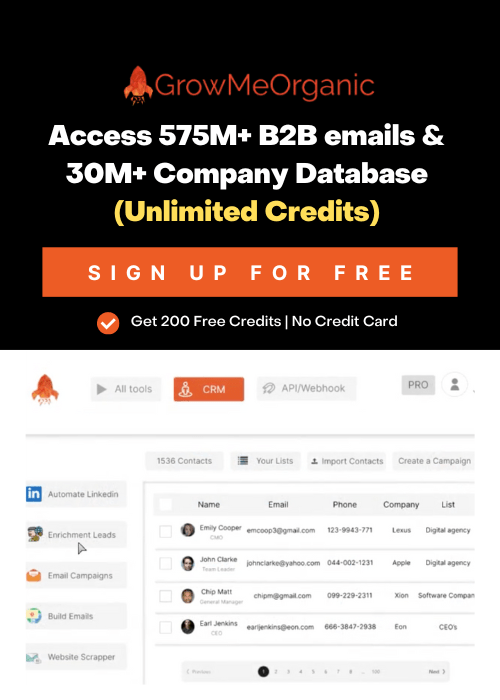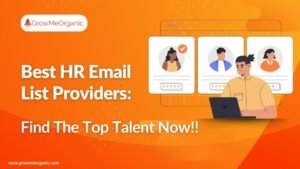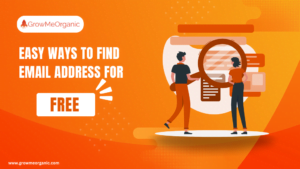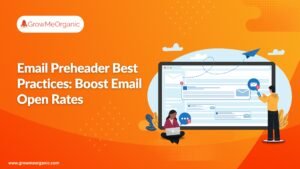In its initial days, email was primarily a military application with a negligible civilian approach. Today, it is the go-to communication channel (Email Engagement and its Evaluation) for over 3.9 billion people globally.
Email is so outstanding because it helps businesses reach their commerce where it matters—their inboxes. Email enlists customers in a way that no other tool can, even outside of the device.
Is email still relevant?
While it’s true that email is now facing an area of rivalry, in truth, it is nowhere close to losing its service. Substitutes like social media and push notifications aren’t practically as capable as email.
So what’s made email marketing so capable as a marketing channel? What’s so great about it is that it satisfies user obligation and transformation. Here are some logical data:
Email is an explicit and special way to reach customers
The best place to meet consumers is through their inboxes. Since it is a blunt form of connection, email isn’t abandoned or forced too late for study. This gives email commitment the ability to quickly turn interested chances into hot leads who can discipline into paying enterprises. And if consumers are already familiar with the brand, messaging can be customized according to the portion they fall in.
Email is actively read
Email can spot a broad society of buyers at the same time. This medium makes it possible to transfer a single piece of information in various content patterns—you can add more ideas and artwork over email than via other mediums. You can also give buyers more benefits to research your party by adding distinct CTAs and hyperlinks. With SMS or push notifications, the best activity you can hope for is a click on the link.
A framework for value-driven Email Engagement and its Evaluation
Segmentation
Segmentation refers to the process of bucketing consumers into a split crowd. Each crowd will have its own numerical and observable spirits like location, gender, age, occupation, pain points, decision-making power, etc.
Of course, segmentation cannot be accomplished physically. You need the advice of computerization to utensil advanced segmentation at the range, especially when you have an email list of overall customers.
Triggered timing
With email, you can point to a universal public, even though they live in diverse age zones. You can generate exact emails based on a preset list for different age zones. Similar to segmentation, time-based email generates are also done with the advice of email marketing plans.
You can set up invoice emails or asset approval emails, for example, and make sure your consumers close the deal—all the while automating the entire treat, right from the cause to the sending.
Today, there is an AI-based email marketing floor that can help deliver the right information to the right consumer at the right time.
Contextual content
Content, that is, ideas and symbolism shown in the subject line, email body and the CTA is perhaps the greatest driver of actions. They should be well-thought-out, gifted, and effective.
The content should echo with the user, send their pain points, space their confidence, and bring the knowledge they are looking for.
The content should also be fixed to the piece the user is bucketed into.
Personalization
Appreciating the customer by the first name is just one step. True personalization in email marketing is providing the amount to the consumer in a dependent manner. This includes sending them circumstantial suitable content that is personalized to their buyer’s adventure.
Best Practices to Keep Subscribers Engaged
Open rate
This metric demonstrates the total of opened emails from the total number forwarded. You can trail it with the help of a clear 1×1 pixel, which instructs your extended email service that the email has been opened.
The moderate email open amount depends on the business. Your subject line is an important factor that inspires customers to enlist your emails. It should be beautiful to stick out from the rest of the emails in the inbox and be consistent with your email’s content.
Click-through rate
This displays the sum of clicks on the links in your email from the total number of sent emails. Extent email services sum a UTM tag to every link in your email, so when consumers click through, the email service gathers that data and brings statistics.
Unsubscribe
This metric expresses the number of unsubscribed consumers from the total number of distributed emails. The unsubscribe rate is important to display email commitment, and it also elements your sender’s fame.
You can’t entertain everybody with your content.
It means that fewer than five users out of a thousand unsubscribe from your brand’s emails. If the metric is growing or above 0.05%, you need to find out what is causing the crowd to unsubscribe. Among the most common reasons are below-par formatted content, irrelevant data in the emails, and a staggering message number.
Website traffic from Email Engagement
Basic email data may not be enough to get the full figure of how appealing your emails are. It’s best to merge the most familiar metrics with reports from Google Analytics or more tracking tools.
Your target here is to consider how much time consumers invest on exact pages on your site after clicking through your email. You can also find out what activity they take and how many of them rebound or make an asset.
Wrap up
The good thing about email is that you can constantly gain from your past issues and adapt to your next one, letting you frequently clarify your process until you see your culminating outcome.
Looking at this data, we weren’t dazed to see that subscribers placed a priority on price. Subscribers accompany email lists because of the price you always bring. Likewise, consumers want to receive emails from the organization they genuinely like.
About Post Author
Anant Gupta
Growth Hacker, Marketing Automation Enthusiast & Founder of GrowMeOrganic








